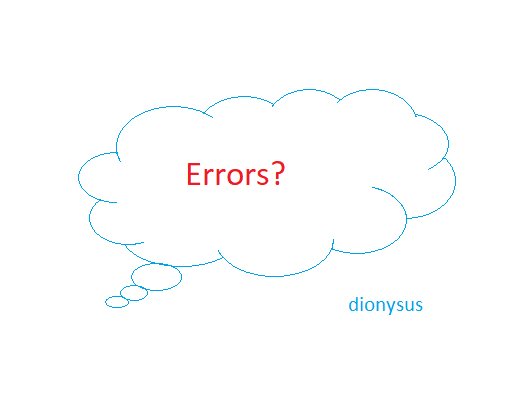Errors, Defects, and Failures
Errors, Defects, and Failures
A person can make an error (mistake), which can lead to the introduction of a defect (fault or bug) in the software code or in some other related work product. An error that leads to the introduction of a defect in one work product can trigger an error that leads to the introduction of a defect in a related work product. For example, a requirements elicitation error can lead to a requirements defect, which then results in a programming error that leads to a defect in the code.

If a defect in the code is executed, this may cause a failure, but not necessarily in all circumstances. For example, some defects require very specific inputs or preconditions to trigger a failure, which may occur rarely or never.
Errors may occur for many reasons, such as:
- Time pressure
- Human fallibility
- Inexperienced or insufficiently skilled project participants
- Miscommunication between project participants, including miscommunication about requirements and design
- Complexity of the code, design, architecture, the underlying problem to be solved, and/or the technologies used
- Misunderstandings about intra-system and inter-system interfaces, especially when such intrasystem and inter-system interactions are large in number
- New, unfamiliar technologies
In addition to failures caused due to defects in the code, failures can also be caused by environmental conditions. For example, radiation, electromagnetic fields, and pollution can cause defects in firmware or influence the execution of software by changing hardware conditions.
Not all unexpected test results are failures. False positives may occur due to errors in the way tests were executed, or due to defects in the test data, the test environment, or other testware, or for other reasons. The inverse situation can also occur, where similar errors or defects lead to false negatives. False negatives are tests that do not detect defects that they should have detected; false positives are reported as defects, but aren’t actually defects.
Copyright Notice This document may be copied in its entirety, or extracts made, if the source is acknowledged.

/image%2F3338037%2F20200806%2Fob_cfada7_photo-2020-08-06-07-26-33.jpg)

/image%2F3338037%2F20190511%2Fob_0b55c5_tryqa.PNG)
/image%2F3338037%2F20190511%2Fob_0f115a_tryqa.PNG)
/image%2F3338037%2F20190511%2Fob_8c38f1_tryqa.PNG)
/image%2F3338037%2F20190511%2Fob_49a623_tryqa.PNG)
